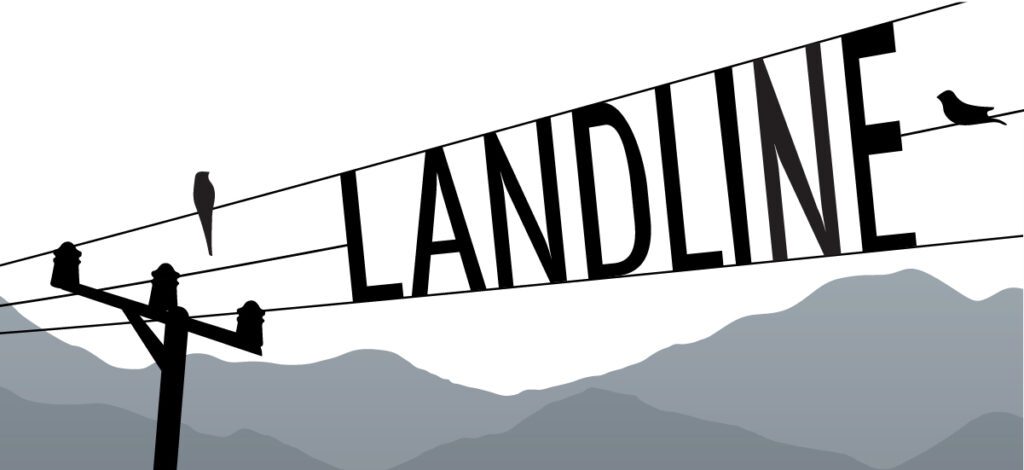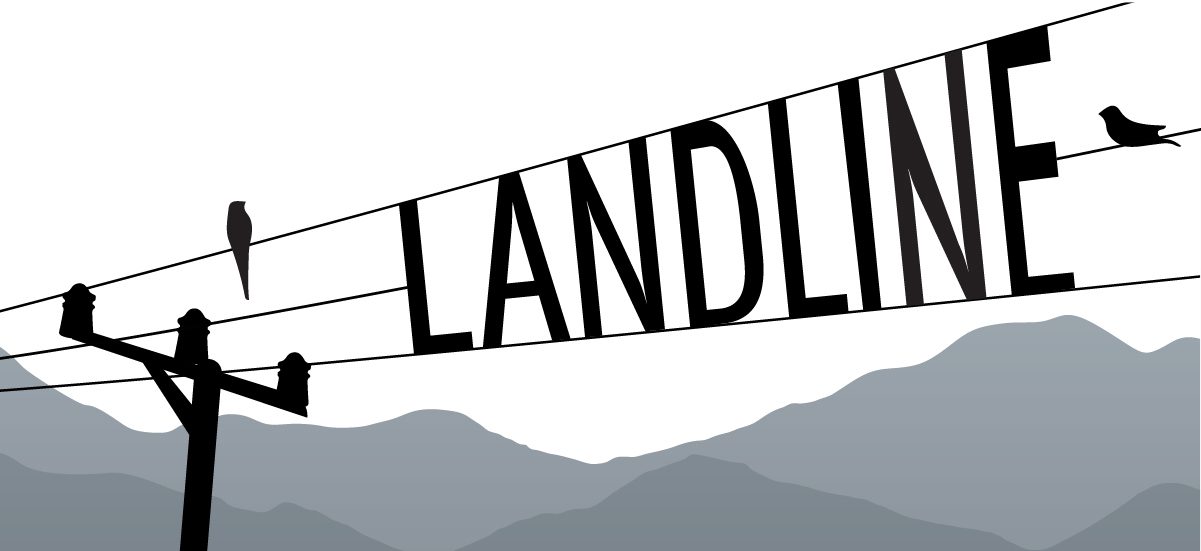
Welcome to the Landline, a monthly newsletter from High Country News about land, water, wildlife, climate and conservation in the Western United States.
Utah’s political establishment has a thing for roads. Call it an obsession, maybe even a fetish, but state leaders go to great lengths to satisfy their internal-combustion-engine mania.
In the past, this impulse has led to roads being bulldozed into areas under consideration for wilderness designation and paved through national parks without permission, while National Park Service gates that protect fragile ecosystems have been deliberately destroyed. Sagebrush Rebel and write-in gubernatorial candidate Phil Lyman notoriously led a parade of gun-toting yahoos on off-road vehicles into an area that had been closed to motorized travel to protect cultural sites — all merely to make a point.
More recently, Utah officials have turned to the legal system in an attempt to rescind national monument designations, revoke environmental protections and block federal land agencies’ travel-management plans that they say discriminate against fossil-fueled motors. Just last week, Gov. Spencer Cox and his fellow lawmakers announced that they were filing a lawsuit to seize control of 18.5 million acres of federal public land — i.e., land owned by all Americans, not just Utah Republicans. Their main gripe? They say they are losing access to those lands as land managers close a handful of routes to motorized travel.
A lower-profile case in the state’s southwestern corner indicates what Utah might end up doing with those lands if this grab is successful: Build yet more roads across them.
In early August, Washington County — one of the nation’s fastest-growing regions — filed a federal lawsuit seeking to short-circuit a Bureau of Land Management analysis of a proposed new four-lane highway through Mojave desert tortoise habitat in the Red Cliffs National Conservation Area north of St. George and reinstate the Trump administration’s approval of the project, which the courts had deemed inadequate. The county claims the new byway is necessary to accommodate growth. But the actual aim, as is so often the case, is to encourage yet more growth and development — catering to motorized vehicles and building yet another monument to America’s car-centric culture.
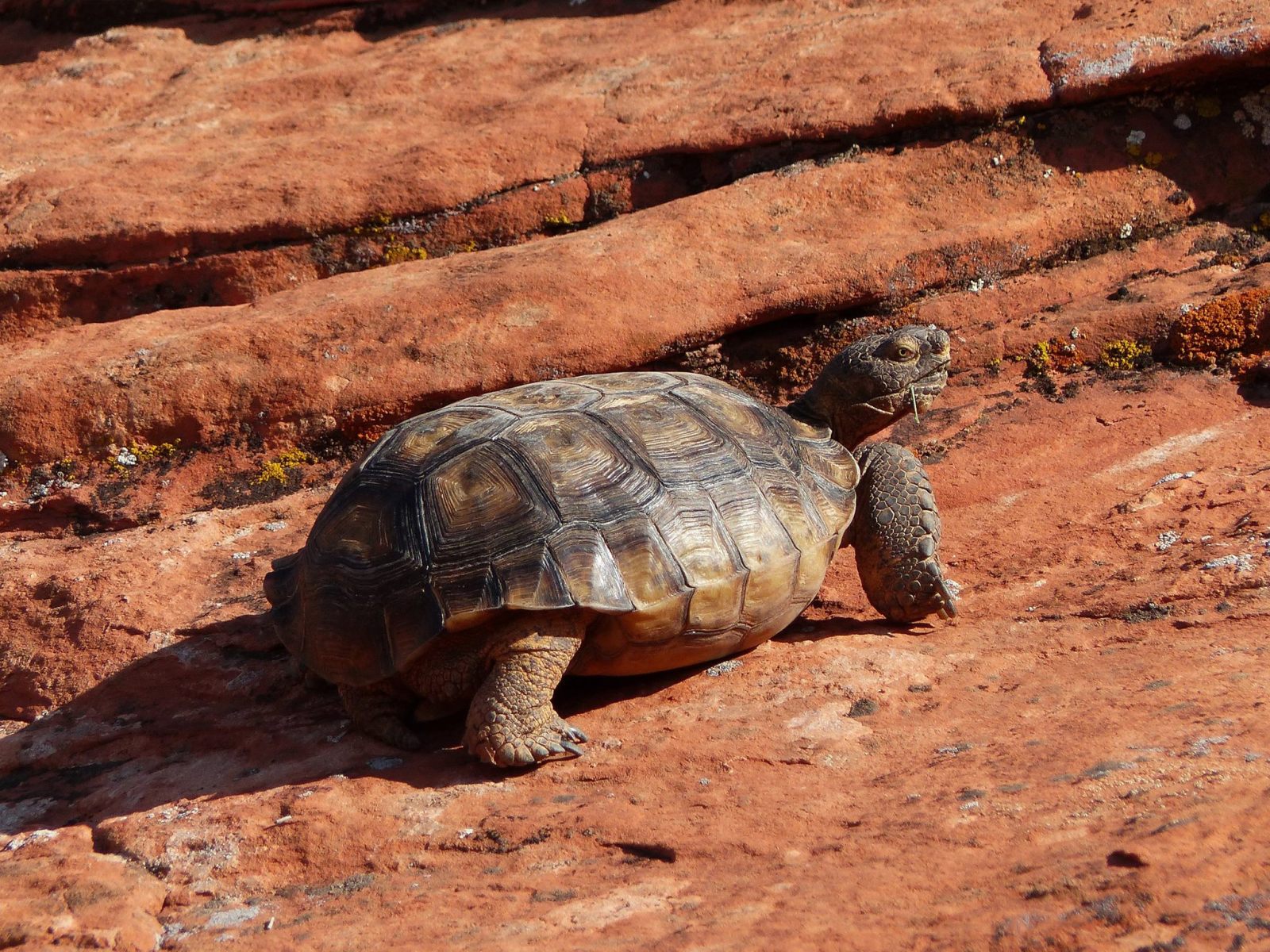 A Mojave desert tortoise in Red Cliffs National Conservation Area, Utah. Washington County claims a new byway through tortoise habitat is necessary to accommodate growth. Credit: Bureau of Land Management
A Mojave desert tortoise in Red Cliffs National Conservation Area, Utah. Washington County claims a new byway through tortoise habitat is necessary to accommodate growth. Credit: Bureau of Land Management
The story of the Northern Corridor Highway begins in the mid-2000s, when the late Sen. Bob Bennett, R-Utah, and Rep. Jim Matheson, D-Utah (yes, Utah used to elect Democrats to national office), worked to broker a deal that would increase protections for some BLM land in exchange for swapping other federal parcels to local governments to accommodate Washington County’s inexorable sprawl. The legislation, which was finally passed as part of the Omnibus Public Land Management Act of 2009, was a landmark compromise that seems impossible in retrospect, given Utah’s extreme public-lands politics. And, indeed, Bennett — a conservative by almost any measure — was primaried out of office by Mike Lee the following year for being too moderate.
The legislation created the Red Cliffs National Conservation Area on about 45,000 acres of public land north of St. George, protecting critical tortoise habitat from extractive industries and other development. Today, this land provides a refuge amid a spectacular landscape, where locals can escape the endless proliferation of cookie-cutter homes, lawns, golf courses, shopping centers, strip malls and asphalt-sea parking lots.
Today, this land provides a refuge amid a spectacular landscape, where locals can escape the endless proliferation of cookie-cutter homes, lawns, golf courses, shopping centers, strip malls and asphalt-sea parking lots.
The omnibus bill also instructed the BLM to identify “one or more alternatives for a northern transportation route in the county” in response to multiple attempts by Washington County to bulldoze new highways around St. George, without making any exceptions that would allow it to build that road through the national conservation area. In 2016, when the BLM issued a resource management plan for the conservation area, it rejected Washington County’s proposal to put the route through it — seemingly killing the plan for good.
But when Donald Trump was elected president, the county and the Utah Department of Transportation seized the opportunity to apply for a right of way to build a 4.5 mile, four-lane highway across the northern end of the conservation area and some adjacent BLM, private and state lands.
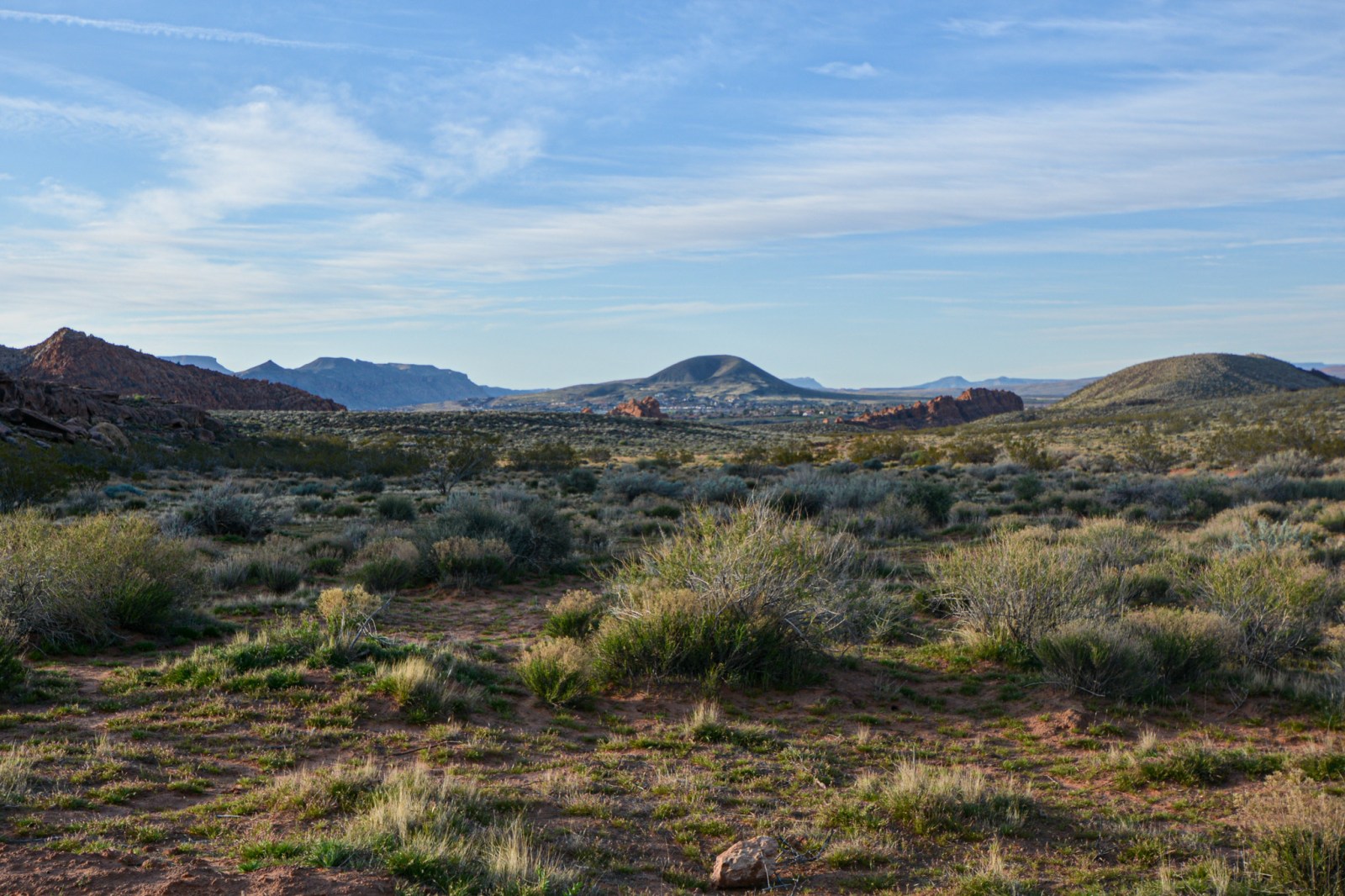 Development of St. George seen from Red Cliffs National Conservation Area. Washington County has grown by 60,000 people since 2009, and its urban footprint has invaded the surrounding desert and farmland at a rapid rate. Credit: Jeremy T. Dyer/Bureau of Land Management
Development of St. George seen from Red Cliffs National Conservation Area. Washington County has grown by 60,000 people since 2009, and its urban footprint has invaded the surrounding desert and farmland at a rapid rate. Credit: Jeremy T. Dyer/Bureau of Land Management
In January 2021, the outgoing Trump administration’s BLM approved the right of way, even though its own analysis acknowledged that it would destroy tortoise habitat, spread invasive species and essentially chop off the southern end of the conservation area, destroying trails and damaging the recreation experience. Conservation groups sued the BLM, and the agency ultimately agreed to redo the environmental analysis. Washington County hasn’t given up, though, and is recent lawsuit is designed to thwart the new review.
The lawsuit claims the road is necessary to “meet the transportation demands of Washington County’s anticipated continued growth through 2050” and reduce the associated traffic congestion. There’s no doubt that Washington County is growing: It’s added some 60,000 people since that 2009 land bill was passed, and its urban footprint has invaded the surrounding desert and farmland at a rapid rate. If things continue at this pace, the population will double by 2050, to something like 400,000 people.
If that happens, however, Washington County will have far bigger problems to contend with than just increased traffic. St. George’s per capita water consumption is among the highest in the West, in part because of its plethora of emerald-green golf courses. Nearly all that water comes from the rapidly diminishing Colorado River system, and it’s bound to hit hard limits sooner or later. Nor is there an endless supply of developable land for all the new single-family homes the newcomers would require — unless, of course, the Utah congressional delegation manages to wrest some more public land out of Americans’ hands.
Either way, it’s unclear how the Northern Corridor Highway will help “accommodate” local growth. It would be essentially redundant, accessing the same areas as the Red Hills Parkway. It might cut a few minutes of travel time for folks who want to avoid downtown St. George while racing from snapping selfies at Zion National Park to relaxing at the Black Desert luxury resort and golf course.
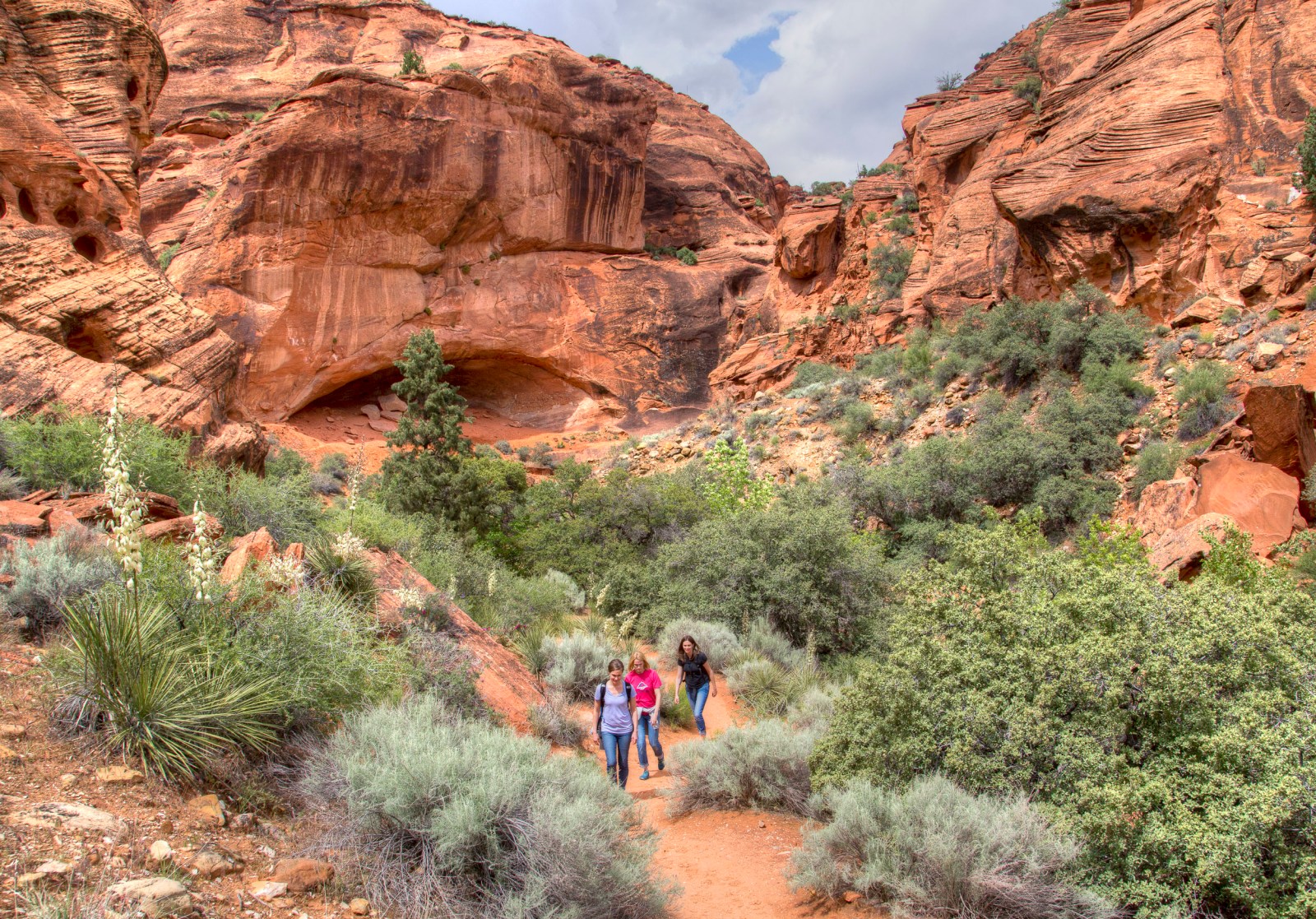 Hikers in Red Cliffs National Conservation Area. Credit: Bob Wick/Bureau of Land Management
Hikers in Red Cliffs National Conservation Area. Credit: Bob Wick/Bureau of Land Management
A smarter way to accommodate growth, reduce traffic congestion and improve the quality of life for current residents and visitors would be to invest in improving and expanding public transit and revamping the urban fabric in a way that accommodates human beings, not just cars.
But that doesn’t jive with America’s enduring automobile fetish, which, sadly, seems so deeply ingrained in the culture of the Western U.S. that any change is likely to be a long time coming. And so the state and county will continue to dump taxpayer money and energy into laying a four-mile stretch of blacktop across mostly unbuildable land. Why? Because Utah worships its damned asphalt idols, the roads. Don’t believe me? Check out the Trump-era BLM’s record of decision greenlighting the Northern Corridor Highway, which noted:
The location of the new roadway will allow the public to experience views of the interior of the NCA beyond what is currently only available along Cottonwood Springs Road and a handful of existing unpaved trails.
It’s almost as if walking had never been invented.
![]()
We want to hear from you!
Your news tips, comments, ideas and feedback are appreciated and often shared. Give Jonathan a ring at the Landline, 970-648-4472, or send us an email at landline@hcn.org.
Spread the word. News organizations can pick-up quality news, essays and feature stories for free.
Republish This Story
![]()
Republish our articles for free, online or in print, under a Creative Commons license.
Source link : http://www.bing.com/news/apiclick.aspx?ref=FexRss&aid=&tid=66d03d0eb6e64b31954a21c68d5ed60b&url=https%3A%2F%2Fwww.hcn.org%2Farticles%2Futah-wants-your-public-land-for-more-roads%2F&c=12384830845240426788&mkt=en-us
Author :
Publish date : 2024-08-28 21:01:00
Copyright for syndicated content belongs to the linked Source.
